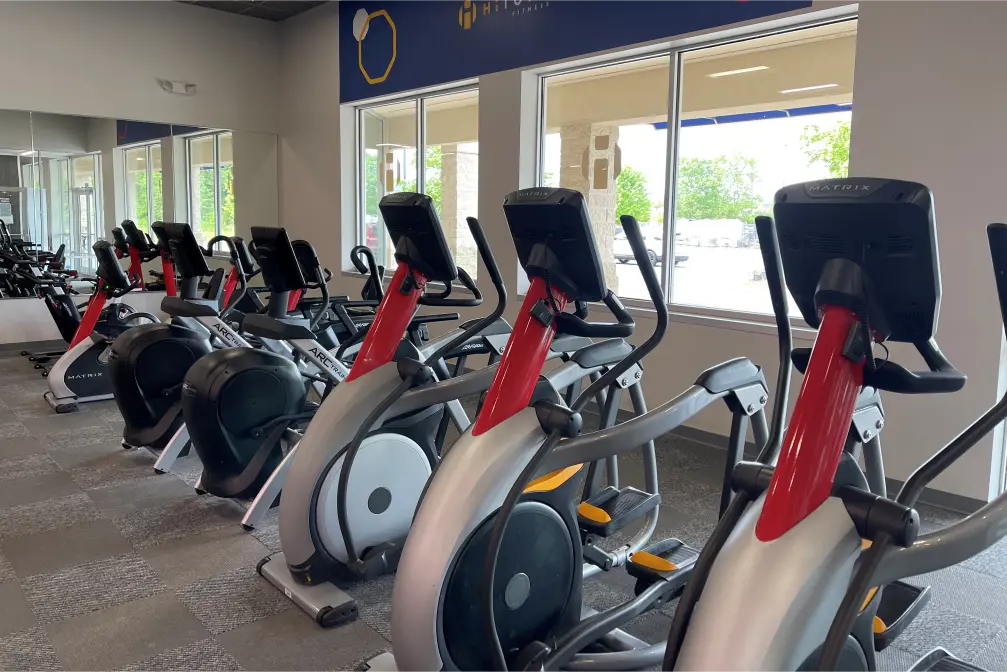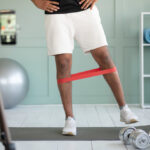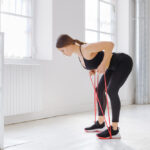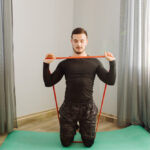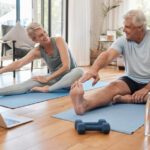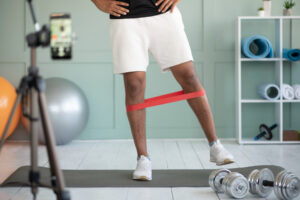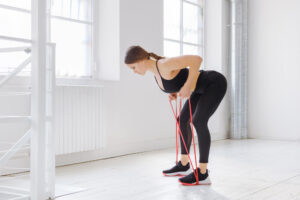If you’re new to calisthenics and particularly interested in enhancing your upper body strength, a calisthenics push workout is an excellent starting point. This type of workout focuses on push motions that engage multiple muscle groups across your chest, shoulders, and triceps, offering a comprehensive workout with minimal equipment requirements.
In this guide, we’ll explore the basics of calisthenics push workouts, help you understand the exercises involved, and offer tips to get you started on the right track. Whether you’re looking to build muscle, improve posture, or simply add a new element to your fitness routine, calisthenics provides a flexible, scalable option suitable for fitness enthusiasts at any level.
Essential Push Exercises
To kickstart your journey with calisthenics push workouts, here are three fundamental exercises you should master. Each targets specific muscle groups and offers various modifications to cater to different fitness levels.
- Push-ups: The quintessential calisthenics exercise, push-ups primarily work the chest, shoulders, and triceps. To perform a push-up:
- Begin in a plank position with your hands slightly wider than shoulder-width apart.
- Keep your body in a straight line from your head to your heels.
- Lower your body until your chest nearly touches the floor.
- Push through your hands to return to the starting position.
- Variations to consider include incline push-ups for beginners and diamond push-ups for advanced practitioners.
- Dips: Excellent for targeting the triceps and lower chest, dips require parallel bars or a stable surface like a bench.
- Start by gripping the bars or placing your hands on the bench.
- Lower your body by bending your arms while leaning slightly forward.
- Dip down until your elbows are at a 90-degree angle.
- Push back up to the starting position.
- Beginners can perform bench dips, while more advanced users can add weight for increased difficulty.
- Pike push-ups: This variation focuses more on the shoulders and can be a precursor to more advanced movements like the handstand push-up.
- Start in a pike position by forming an upside-down “V” with your body, hands, and feet on the floor.
- Bend your elbows and lower your head towards the ground.
- Push back up to the pike position.
- To increase difficulty, elevate your feet on a bench.
Preparing for a push workout
Before you dive into the physical execution of push workouts, proper preparation is crucial to ensure safety and effectiveness. Here’s how to set yourself up for success:
- Warm-up properly: Warming up increases your heart rate and blood flow to muscles, reducing the risk of injury and improving performance. Spend at least 5-10 minutes doing general cardiovascular exercises like jogging or jumping jacks followed by dynamic stretches that target the arms, chest, and shoulders.
- Choose the right environment: Ensure you have a safe, spacious environment to perform your workouts. Whether you’re at a gym, a park, or a home, the area should be free of obstacles and have a flat surface suitable for maintaining balance.
- Equip yourself: While calisthenics generally requires minimal equipment, certain tools like a yoga mat for comfort, resistance bands for added intensity, or a sturdy bench can enhance your workout experience.
- Plan your routine: Decide on the exercises you will include, the number of sets and repetitions, and the order in which you will perform them. Planning helps prevent wasted time and keeps your workout structured and efficient. If you need help with creating a highly effective calisthenics workout plan, connect with one of the personal trainers at HiTone Fitness Morganton.
Execution tips
Here are some tips to keep in mind while performing push exercises:
- Maintain proper form: Always focus on maintaining good form to engage the right muscle groups and avoid strain. For example, in a push-up, keep your body in a straight line from head to heels without letting your hips sag or pike up.
- Control your movements: Perform each exercise with control, especially during the descent. Slow, controlled movements increase muscle time under tension and enhance strength gains.
- Breathe correctly: Proper breathing ensures that your muscles receive the oxygen they need to perform optimally. Generally, exhale when you exert the most force (e.g., pushing up in a push-up) and inhale during the less intense phase (e.g., lowering down).
- Progress gradually: Increase the intensity and volume of your workouts gradually to avoid overtraining. Add more reps, sets, or more challenging variations only when you feel strong and comfortable with current levels.
- Use full range of motion: Maximize the effectiveness of each exercise by moving through the full range of motion. This improves flexibility and muscle development.
And if you’re on the fence between calisthenics and weight lifting, read about the difference between these two strength exercise groups for long term fitness goals.
Final thoughts
Whether you’re a beginner looking to strengthen your upper body or someone aiming to incorporate new exercises into your routine, push workouts offer a versatile and effective way to enhance your fitness. Keep in mind the importance of preparation and proper execution to maximize your workouts and minimize injury risks. With persistence and the right approach, you’ll not only build strength and endurance but also enjoy the journey towards a healthier, more resilient body.

